The Redbird canoe has been around for almost three decades. It’s a timeless design that people just keep building. Designer Ted Moores of Bear Mountain Boats first published the plans for this boat in 1983 in Canoecraft, a handy book, still in print, that tells you everything you need to know about building a cedar-strip, epoxy-glued canoe. It includes plans for seven different canoes, including Redbird.A Redbird canoe is a beautiful thing, with a sweeping sheerline terminating in boldly uplifted ends. Her fine entry widens gently into a moderate vee, giving onto a flattened U-shaped midsection. A slight tumblehome adds lateral strength and allows outwales wide enough to turn aside waves and spray. The boat paddles easily, can carry a mighty load, and tracks straight and true.Redbird is a touring canoe, which means she doesn’t turn as quickly as more nimble whitewater models. For whitewater maneuverability you would need a canoe with more pronounced rocker. So, if you have in mind such use, with the ability to make rapid changes of direction, a Redbird is not the ideal choice. She doesn’t mind a bit of rough water, though. In his notes accompanying the design, Ted Moores writes: “The Redbird has proved execeptionally seaworthy, even in the heavy seas around the Magdalen Islands in the Gulf of St. Lawrence.”
Join The Conversation
We welcome your comments about this article. To include a photo with your remarks, click Choose File below the Comment box.

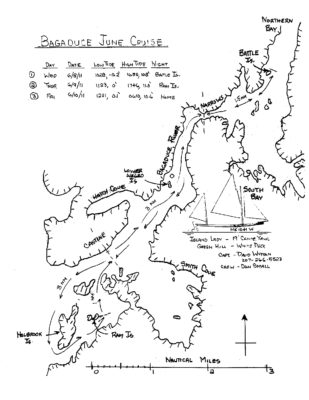

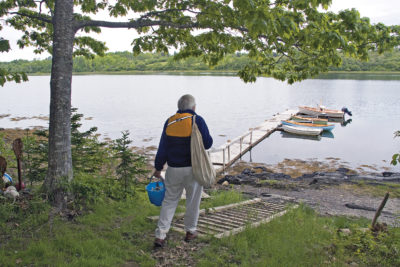
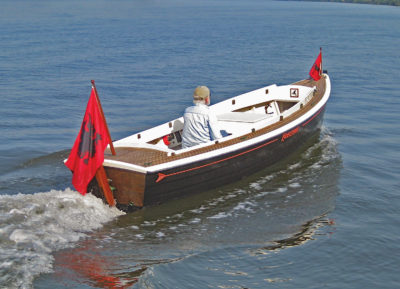
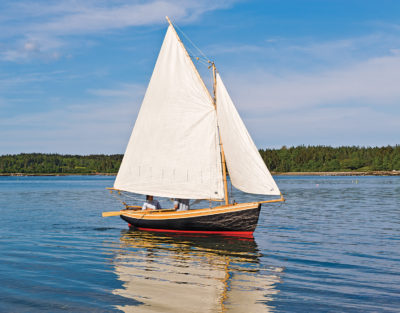
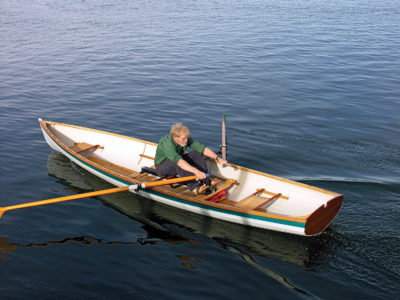
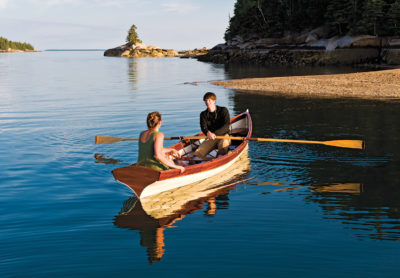
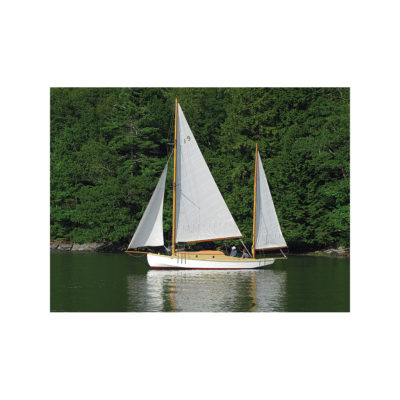
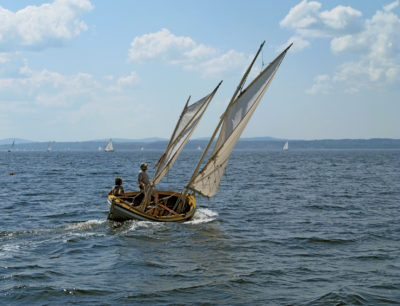
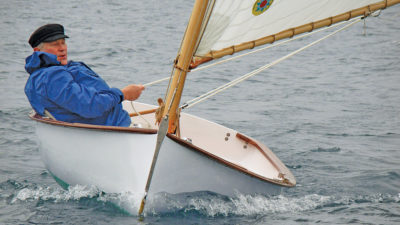
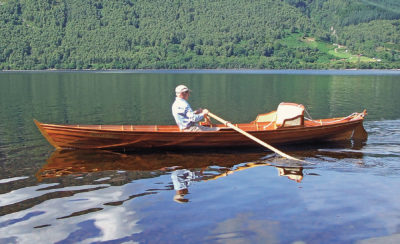
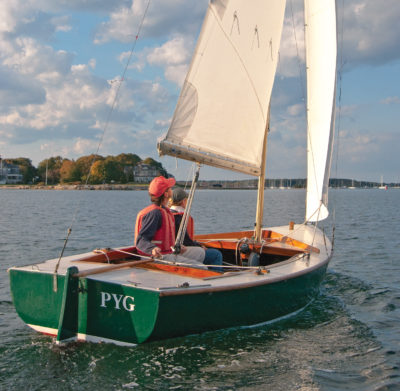
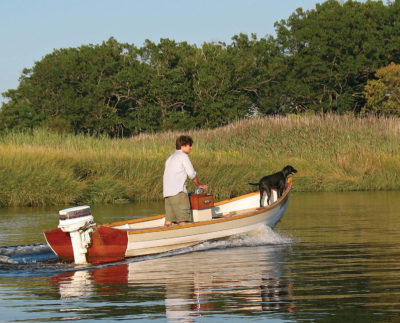

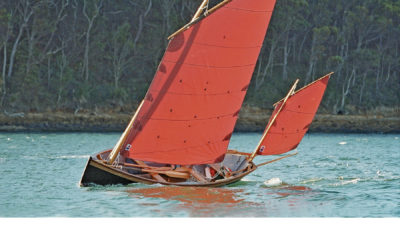
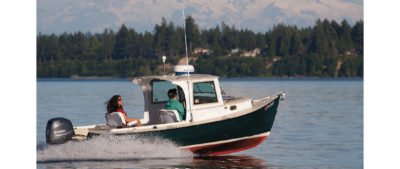
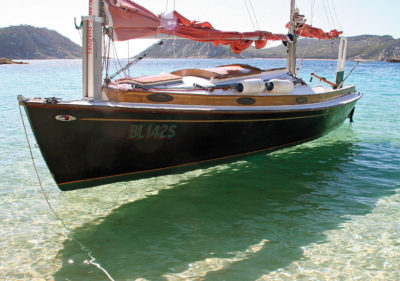
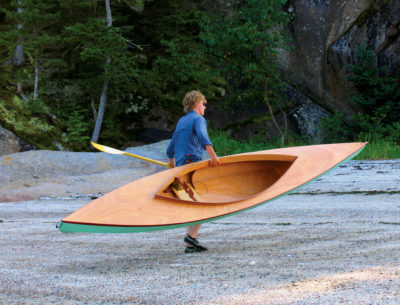
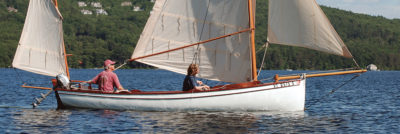
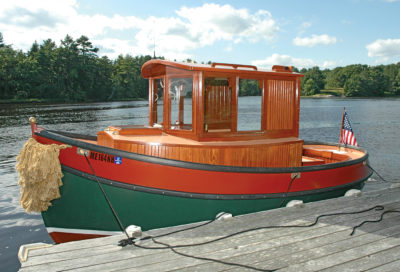
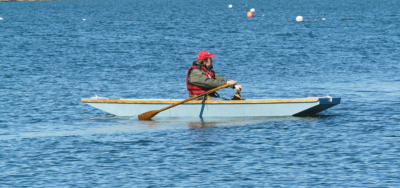
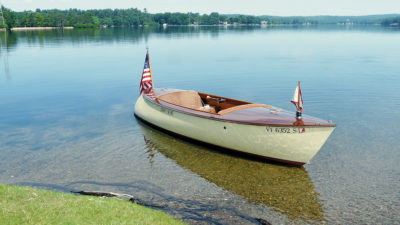
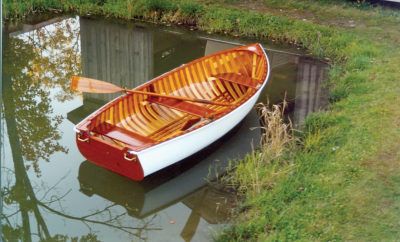
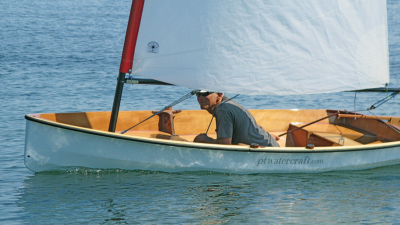
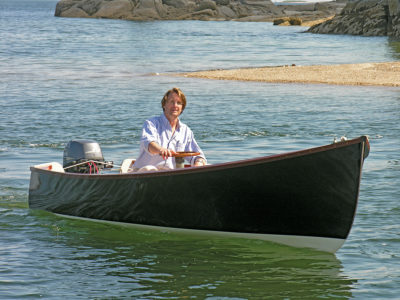
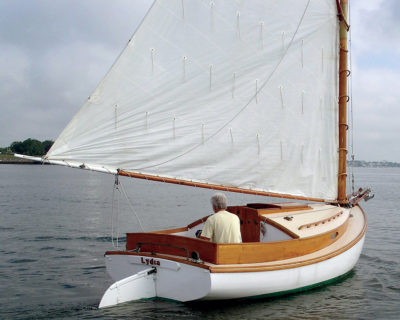
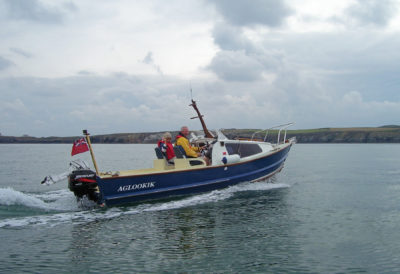
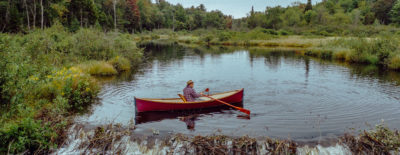
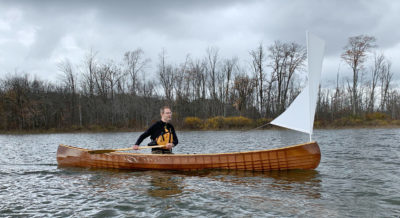
I built the Redbird back in 1998. It was a beautiful canoe, but as I came to realize, it was too unstable and had too little freeboard for any serious tripping.
I’m building the Chestnut “Prospector” this winter as an heirloom for my son and grandson. I had intended to build it before, but was so moved by the beauty of the Redbird and Tex’s description of it that I changed my mind. It’s great for calm waters and experienced paddlers, but the “ Prospector” is much better for various waters, a load of food and gear for a week on the water.
Different strokes for different folks, I guess. Serious tripping requires lightening the load for portaging, as well as speed. If you do that, the Prospector leaves a lot of extra freeboard which creates windage. I guess if you hunt moose, you would need the extra depth.
I designed a Redbird improvement with longer decks and more tumblehome, not greater depth. It’s been hundreds of miles through Canada lakes, and I still wouldn’t change the sheer height. My design weighs only 55 lbs. “Tippy” depends on the load and the paddlers.
I built a Redbird in 1992 and have enjoyed it thoroughly over the years. I have three girls so I made them a center seat and paddles so they could enjoy it also. When one was being difficult she went behind my seat. I have refinished it a couple of times over the years. Having purchased a solo Kevlar. I don’t paddle it much any more and is on display at our Aviation museum attached to the floats on one of the displays.
My wife and I built a Redbird in 1990. My grandsons are now paddling it. You are not building a canoe when you build a cedarstrip canoe designed by Ted Moore. You are building a legacy. My daughter and son-in-law got engaged in that canoe. My son and I still terrify each other about the time we tipped the Redbird in Astotin Lake, Elk Island National Park, Alberta. A thunderstorm was coming. I yelled “Pull!” We both dug in on the same side. The canoe flipped. The lake was full of leeches. Get your butts off the seat and kneel properly in a canoeist stance. Seats were too high. We have beautiful pictures of floating with the Redbird down a glacial green North Saskatchewan River. The Redbird tracks beautifully, speeds along with minimal effort and looks like art. But it is also tougher than nails. Dropped it off the top of car going 70 km/h. Dragged the nose down the asphalt highway. Took it home. I had skinned the epoxy and fiberglass at the bow down to the wood. Smoothed it, covered it with a fiberglass patch. You can’t find the repair. Try that with your Kevlar, aluminum, fiberglass canoe. Like the author I squeegeed a bit too hard and starved the fiberglass of expoxy. Sun eventually revealed the blotches. Now building two kayaks from Timber Boatworks (Solace 16XL and Anuri 16). Launching in May 2023
I built a Redbird back in 1995, my first-ever build. I read the book over to cover three times before I started as being a novice it was critical. I used the book offsets to layout each section station on a CAD system overlaying each section and locating a construction datum hole at the same level in each section as I didn’t like the method of aligning each section mold given in Canoe Craft. Using a construction hole in each section allowed me to run a string through each hole, centering it in the hole to insure both vertical and horizontal alignment of the sections prior to screwing the section mold to the strong back. It worked perfectly. It is very fast in the water and cuts through waves as opposed to rolling on a wave like a flat-bottomed canoe does. It is also very fast to dump an inexperienced paddler, so place the seats as low as possible and/or canoe on your knees. This “bird” always draws “lookers” where ever you paddle so be ready to explain it a dozen times during an outing.